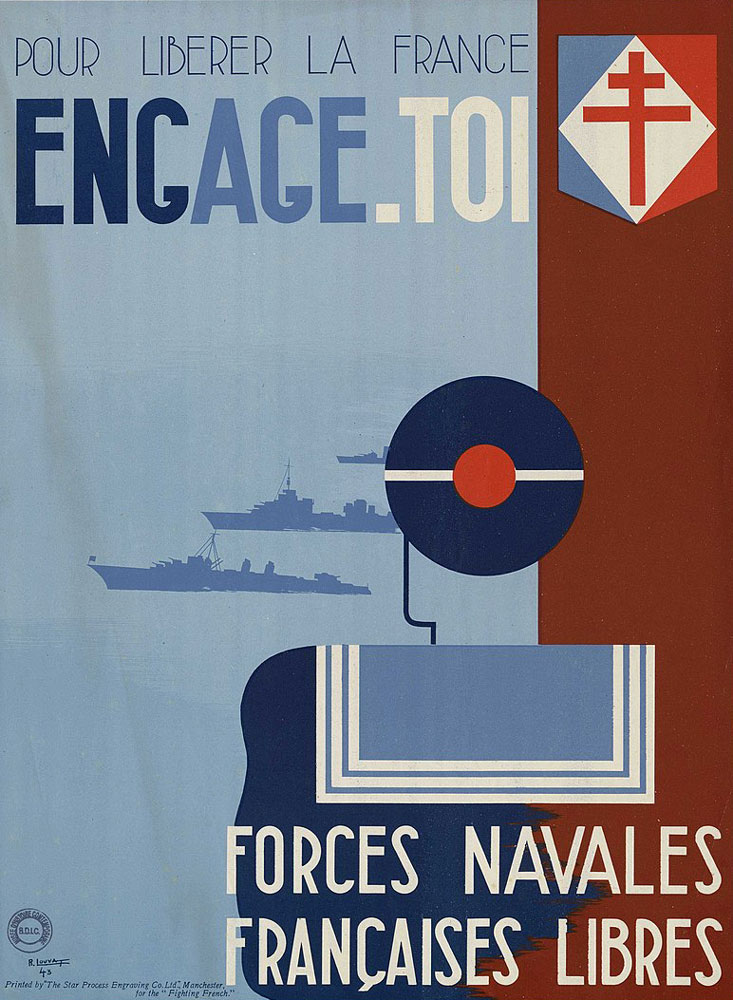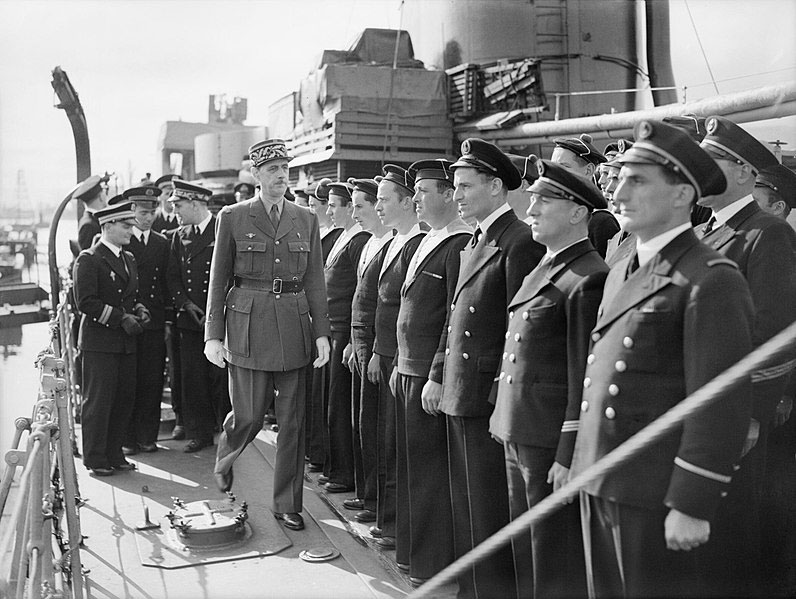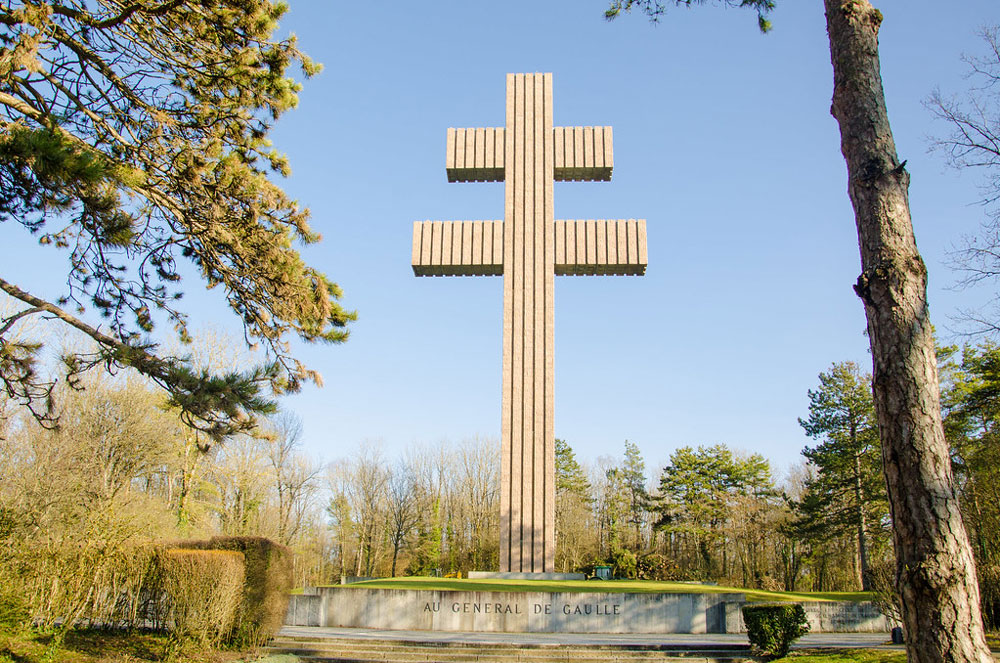The Cross of Lorraine
Every major political movement of the 20th century had its own symbol that its supporters used to distinguish themselves from their rivals. What the red flag was for the workers’ movement, what the hammer and sickle were for communism, the swastika was for National Socialism and the “fasces” for Italian fascism: an immediately distinguishable symbol that represented the basic ideological orientations of the movements.
“Free France”, the initially very small resistance movement that Charles de Gaulle had founded in exile in London on 18 June 1940, only needed a few weeks to establish its own symbol. It was Admiral Muselier who had the ships of the “Free France” navy decorated with the Cross of Lorraine to distinguish them from the ships of collaborating Vichy France. The Cross of Lorraine is a patriarchal cross with two bars, of which the upper one is shorter than the lower. It came to France through the medieval crusades and thanks to the House of Anjou, it became the symbol of Lorraine, a region of north-eastern France charged with great political significance. From 1871 to 1918, eastern Lorraine was annexed by Germany, and the cross symbolized the will to rebuild a divided, humiliated region. In 1940, Germany annexed again eastern Lorraine and thus revived the trauma of 1871.
Under these auspices, the Cross of Lorraine evoked various associations and memories when de Gaulle’s resistance movement chose it as its symbol: it recalled the Crusades and suggested that the fight against National Socialism had a crusade-like character; it was a Christian symbol in contrast to the pagan swastika; it recalled indomitable French patriotism during the annexation of Lorraine. The career of this symbol was highly successful: it was displayed on all publications, leaflets and posters of “Free France”. In the interior of the country, where de Gaulle and his movement were initially largely unknown, it became more and more widespread and served as an identifying symbol for resisters of different political creeds. With the progressive unification of the Resistance, all French forces opposed to occupation and collaboration were finally united under the sign of the Cross of Lorraine in 1943.
The Cross of Lorraine was also known internationally as the unifying symbol of the French Resistance. For example, as such it was used in the 1942 American feature film Casablanca, in which the resistance fighters use the Cross of Lorraine to recognize each other. By the end of the war, it was practically on a par with the revolutionary “Marianne” and the tricolor, the blue-white-red flag, as a national symbol of France. It became the most popular symbol for monuments commemorating the resistance and its leading figure Charles de Gaulle. Thus, in Colombey-les-deux-Eglises, the place where he lived and died, visitor can see from afar a 44-metre-high Lorraine cross erected in 1972.
Matthias Waechter




